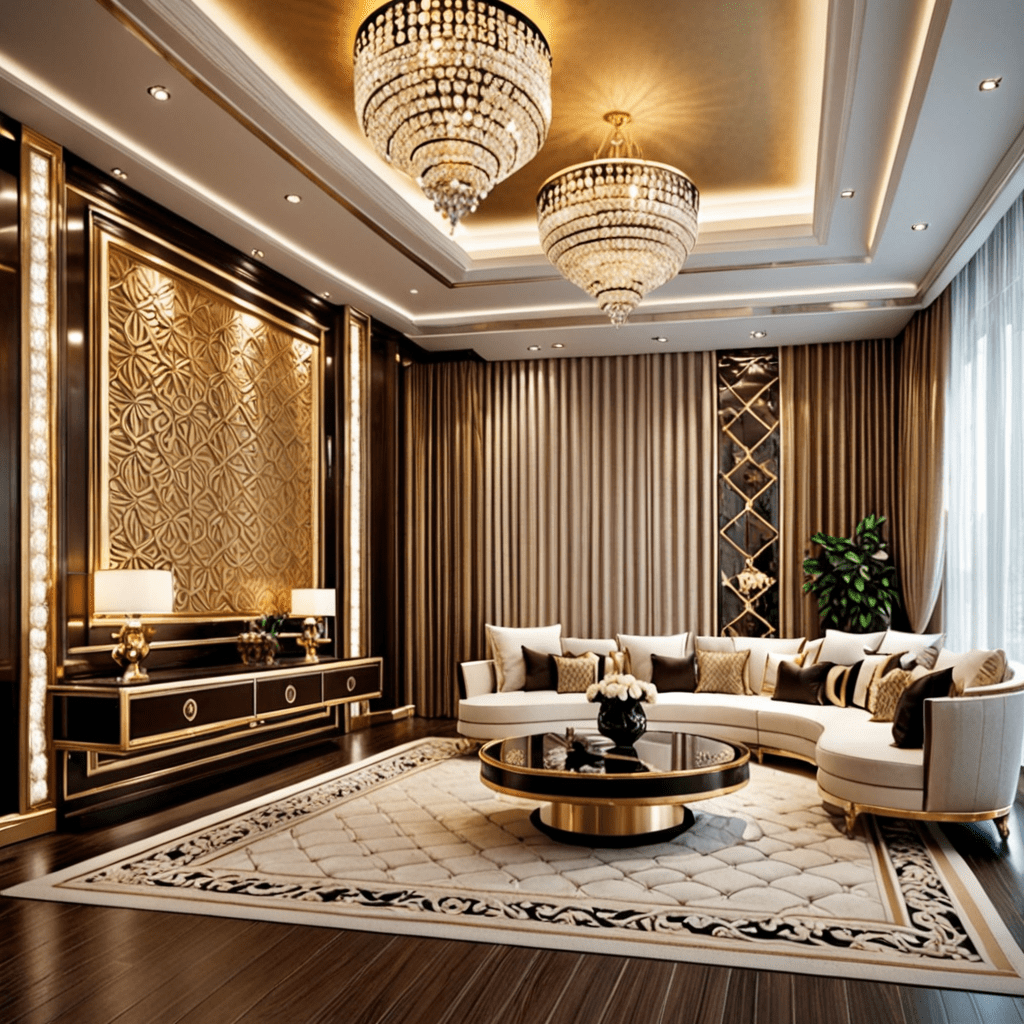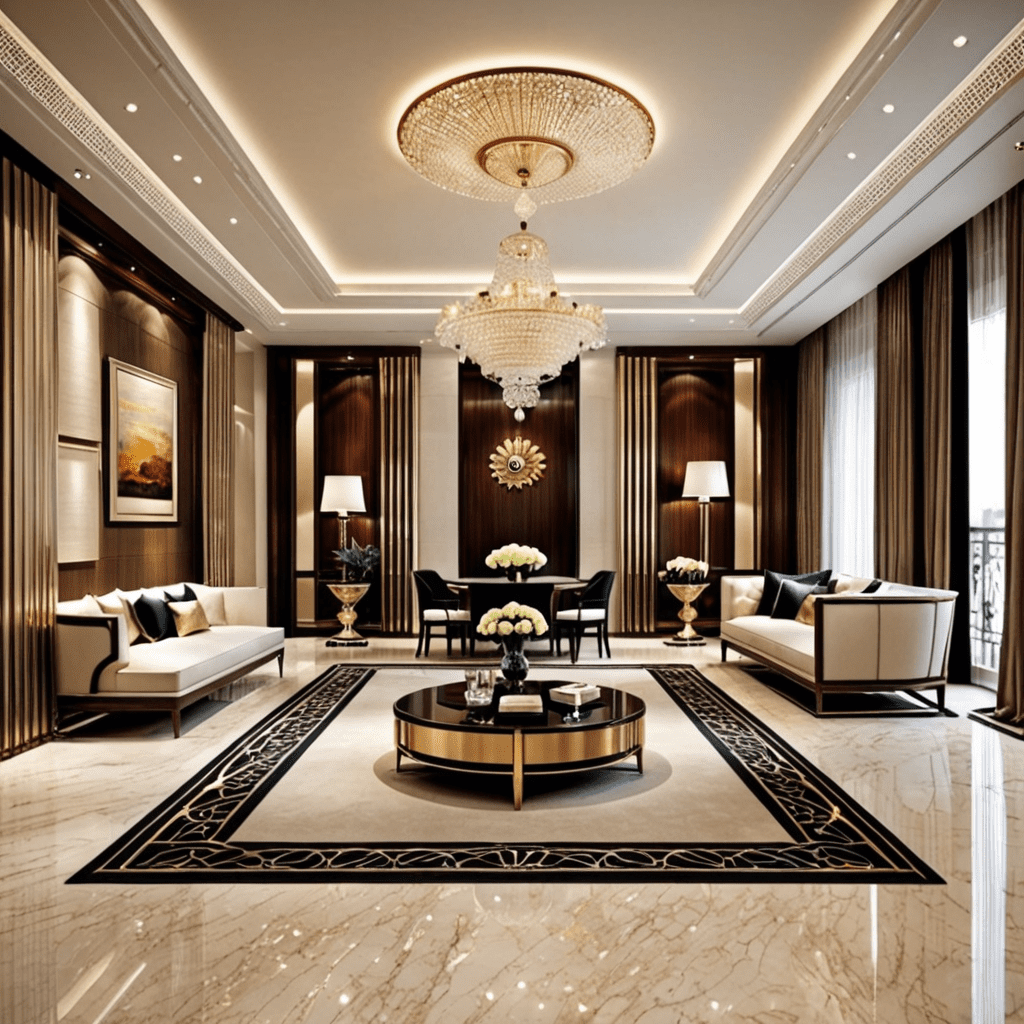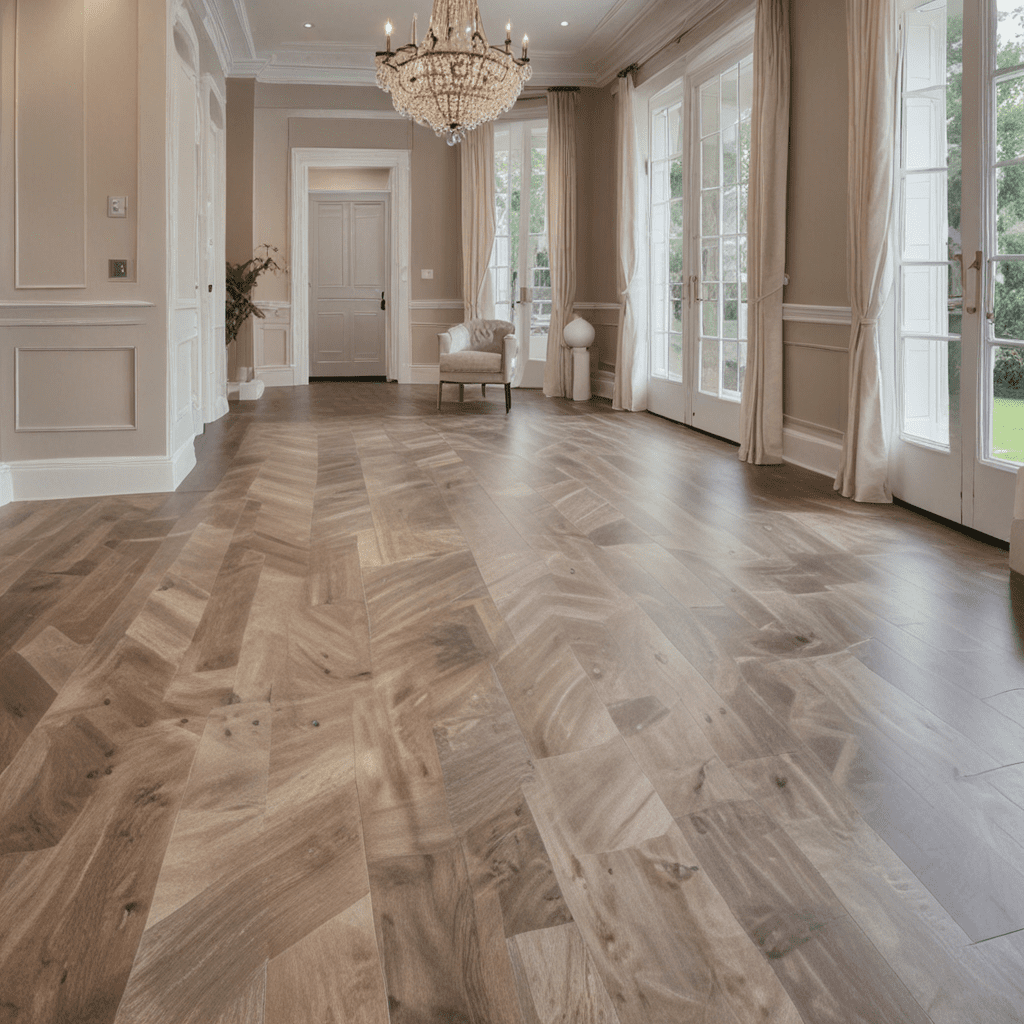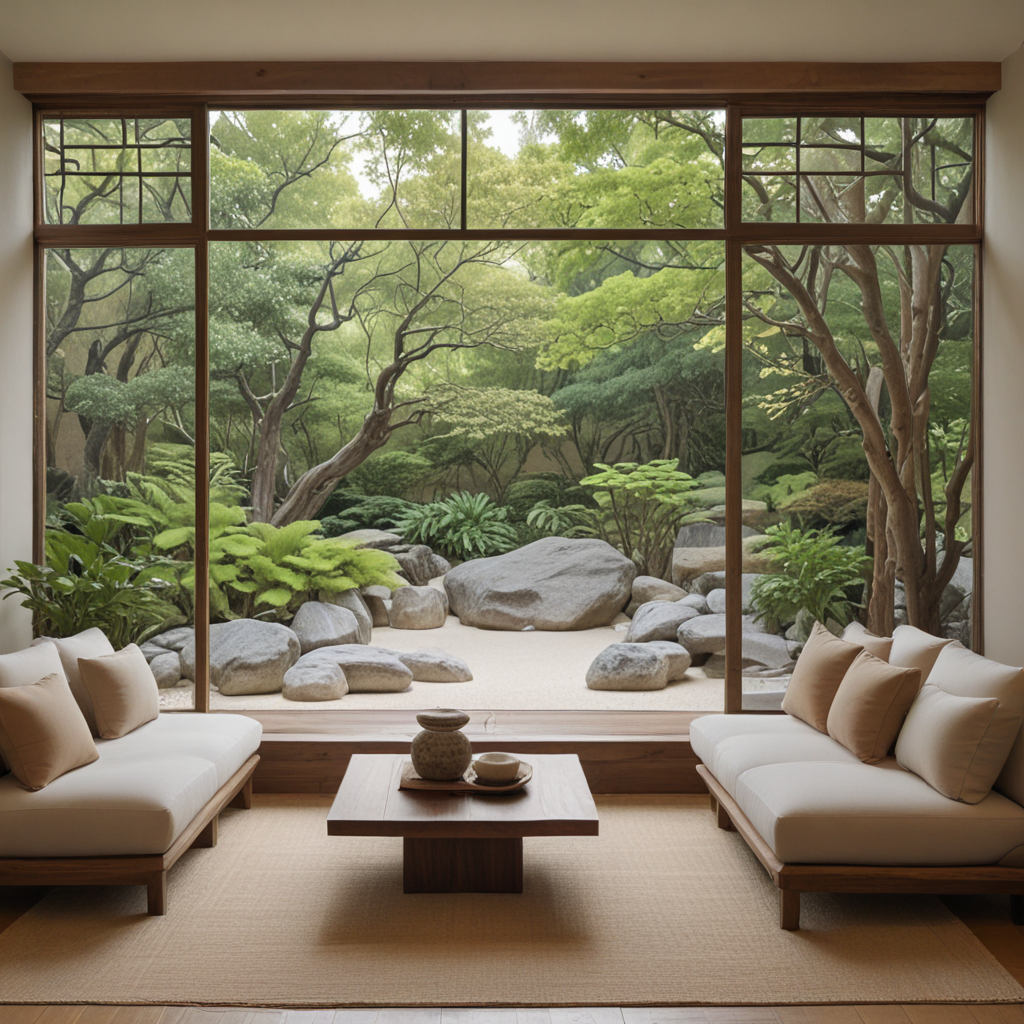Creating Gallery Walls:Layout Ideas
Introduction to Gallery Wall Layouts
Gallery walls are a fantastic way to add character, style, and personality to any room. Whether you’re a fan of eclectic art, family photos, or inspirational quotes, creating a gallery wall allows you to showcase your favorite pieces in a visually pleasing and organized manner. But how do you ensure that your gallery wall looks cohesive and enhances the overall aesthetic of your space? In this article, we’ll explore the key elements of gallery wall layouts and provide you with practical tips to help you design the perfect arrangement for your home.
Key Elements of Gallery Wall Layouts
Creating a visually appealing gallery wall involves careful consideration of the following key elements:
Element 1: Composition
The composition of your gallery wall is crucial in achieving a balanced and harmonious look. You can opt for a symmetrical layout with evenly spaced frames, or embrace a more eclectic approach by arranging the pieces in an asymmetrical manner. Experiment with different compositions to find the one that best suits your style and space.
Element 2: Frame Choice
Choosing the right frames for your artwork or photos is essential in enhancing the overall aesthetic of your gallery wall. Consider the style and color scheme of your space when selecting frames. You can opt for a cohesive look by using frames of the same color and design, or mix and match different frames for a more eclectic vibe.
Element 3: Artwork Placement
The placement of your artwork within the gallery wall layout is another important consideration. You can create visual interest by mixing different sizes, orientations, and mediums. Experiment with different arrangements by laying out your pieces on the floor before hanging them to find the most visually pleasing arrangement.
Element 4: Wall Space
Take into account the available wall space when planning your gallery wall. Consider the size and shape of your wall and how the gallery wall will fit within the overall room design. For smaller spaces, consider creating a mini gallery wall with fewer pieces to avoid overwhelming the room.
Element 5: Lighting
Proper lighting can make a significant difference in showcasing your gallery wall. Consider installing track lighting or picture lights to highlight your artwork and create a focal point. You can also utilize natural light by positioning your gallery wall near a window or using mirrors to reflect light onto the artwork.
Element 6: Consistency
While you may want to include a variety of artwork and photographs in your gallery wall, it’s essential to maintain some level of consistency. Consider using a unifying theme, such as a specific color palette, to tie the pieces together and create a cohesive look. This consistency will ensure that your gallery wall doesn’t look disjointed or cluttered.
Tips for Gallery Wall Layouts
Designing a gallery wall can be a fun and rewarding project. Here are some practical tips to help you create a stunning layout:
- Tip 1: Plan and experiment before hanging
- Before committing to a specific layout, lay out your artwork on the floor to visualize different arrangements. Play around with different compositions, sizes, and orientations to find the most visually pleasing arrangement.
- Tip 2: Start with a focal point
- Choose one standout piece of artwork or photograph to serve as the focal point of your gallery wall. Arrange the other pieces around it, ensuring that they complement and enhance the focal point.
- Tip 3: Mix and match sizes and orientations
- Avoid using frames and artwork of the same size and orientation. Mixing different sizes and orientations adds visual interest and creates a dynamic gallery wall layout.
- Tip 4: Measure and mark the wall
- Before hanging your artwork, measure the wall space and mark the desired placement with a pencil. This will help you ensure that your gallery wall is properly aligned and balanced.
- Tip 5: Use templates or paper cutouts
- If you’re hesitant about placing nails directly into the wall, consider using paper cutouts or templates of your artwork. Tape them to the wall to visualize the layout before committing to the final placement.
- Tip 6: Consider incorporating unconventional items
- Don’t limit your gallery wall to just artwork and photographs. Consider incorporating unconventional items like mirrors, clocks, or even empty frames to add visual interest and texture.
- Tip 7: Leave space between frames
- When hanging your artwork, leave a small gap between each frame to create breathing space and prevent the gallery wall from looking cluttered.
- Tip 8: Regularly update your gallery wall
- Continue to grow and evolve your gallery wall over time by adding new pieces or swapping out existing ones. This ensures that your gallery wall remains fresh and reflects your changing style and interests.
FAQ about Gallery Wall Layouts
Question 1: How many pieces should I include in my gallery wall?
– Answer: The number of pieces you include in your gallery wall depends on the available wall space and the overall aesthetic you want to achieve. You can start with a minimum of three pieces and add more as needed, ensuring that the arrangement doesn’t overwhelm the room.
Question 2: How do I choose the right artwork or photographs for my gallery wall?
– Answer: When selecting artwork or photographs, consider your personal style, the overall theme of your space, and the colors that complement your existing decor. Choose pieces that resonate with you and create a cohesive visual narrative.
Question 3: How do I ensure that my gallery wall looks balanced and cohesive?
– Answer: Achieving balance and cohesiveness in your gallery wall is all about careful planning and experimentation. Lay out your pieces on the floor and play with different compositions until you find a layout that feels visually pleasing and balanced.
Question 4: Can I create a gallery wall in a small space?
– Answer: Absolutely! Even in smaller spaces, you can create a beautiful gallery wall. Consider using fewer pieces and opting for smaller frames to ensure that the gallery wall doesn’t overwhelm the room. Additionally, choose lighter colors and artwork with smaller subject matter to create the illusion of a larger space.
Question 5: How do I incorporate a gallery wall into an existing room design?
– Answer: When incorporating a gallery wall into an existing room design, consider the style, color scheme, and overall aesthetic of the space. Choose frames and artwork that complement the existing decor and create a cohesive look. Take into account the placement of furniture and other decorative elements to ensure that the gallery wall enhances the overall design.
Creating a gallery wall layout requires careful consideration of composition, frame choice, artwork placement, wall space, lighting, and consistency. By following these tips and answering frequently asked questions, you can design a stunning gallery wall that adds character and personality to your living space. So go ahead, get creative, and showcase your favorite pieces in a visually pleasing and organized manner!




